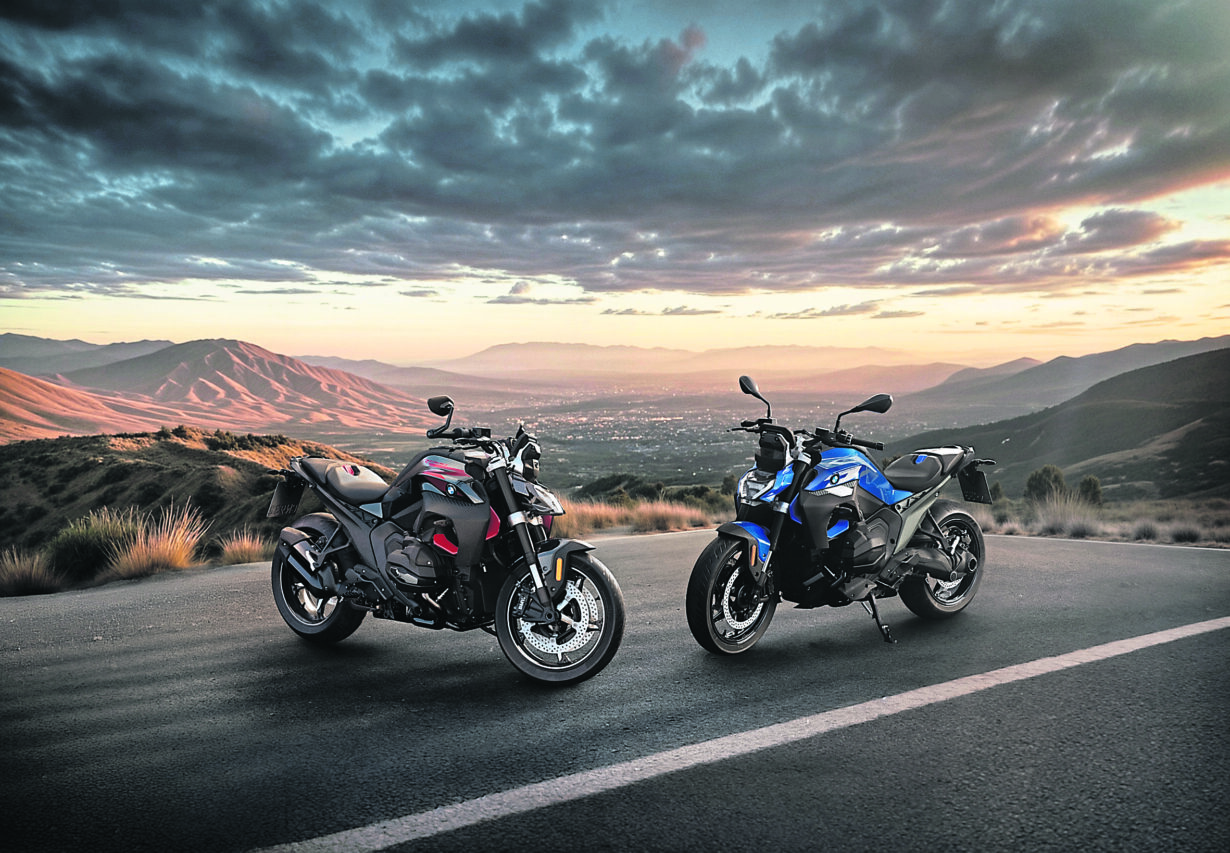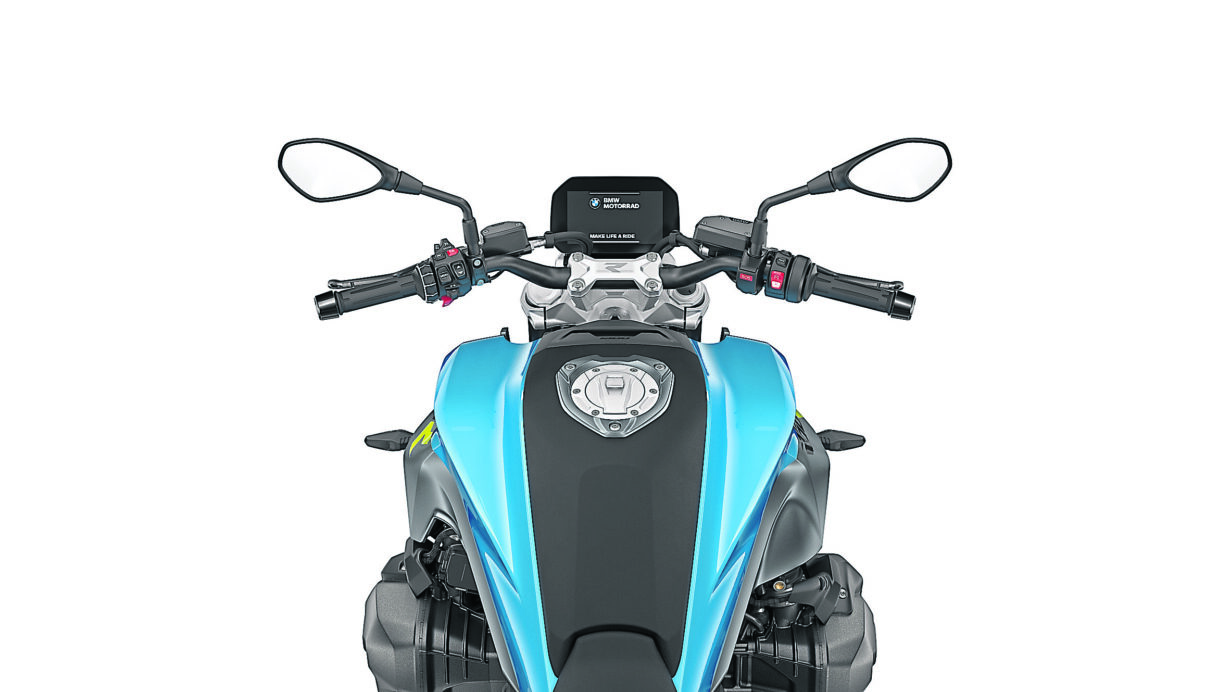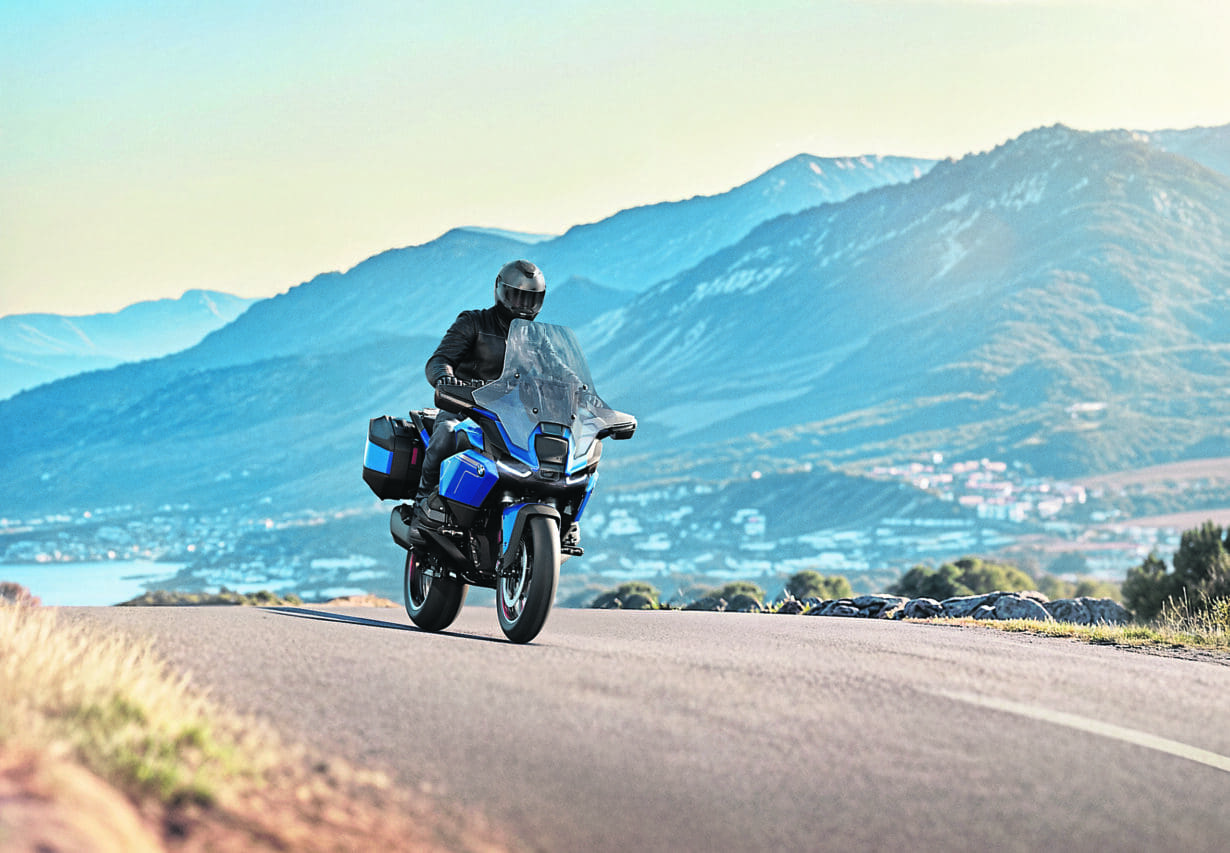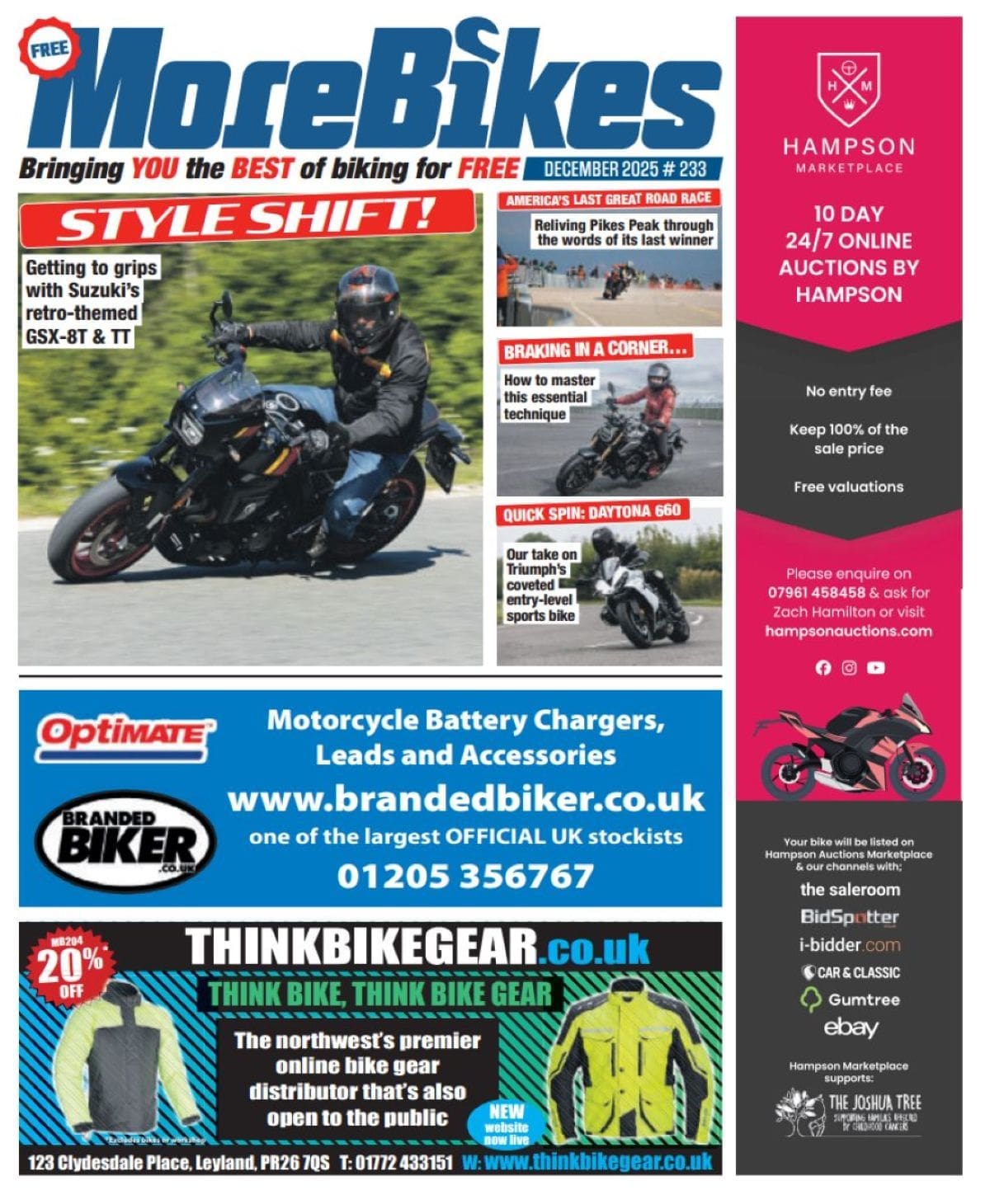If you’re a fan of BMW’s Boxer range, but don’t like the GS, then you’ve probably been quietly fuming the last 18 months or so. Because it’s nearly two years since the Munich massive unveiled the latest 1300 flat twin, in the R1300 GS, and they’ve only now got round to releasing the R, RS and RT variants, Alan Dowds confirms.
It makes sense, of course: the GS and GS Adventure have been the top-selling big bikes from the firm’s Berlin factory for decades now (even without adding their sale totals together). Folk can’t get enough of ’em, so obviously the Bavarian bean counters are going to prioritise the gangly adventure tourers in the production schedule. But now we have a full gamut of 1300 Boxers to choose from, with the R roadster, RS sport-tourer and RT full-tourer all on sale in the next couple of months.
And it’s fair to say they look to be worth the wait. All three share the same fundamental engine and chassis package, with a couple of differences on the RT tourer. That means a 145bhp water-cooled flat twin with four-valve DOHC heads and ShiftCam variable valve lift and timing; 13.3:1 compression ratio; 106.5x73mm bore and stroke; shaft drive; and sixspeed gearbox and ride-by-wire throttle. All the new R1300s also can be ordered with BMW‘s new ASA automatic gearshift set-up, which has computer-controlled actuators for gear and clutch, and an ECU giving a full-auto transmission function, plus manual overrides.
Enjoy everything More Bikes by reading the MoreBikes monthly newspaper. Click here to subscribe, or Read FREE Online.

That peak power figure of 145bhp, with the torquey delivery of a big flat twin, is probably just about enough for the R naked, albeit a good bit down on the latest inline-four super- and hyper-naked machinery. It should be spoton for the RS and RT tourers though, with their more relaxed requirements. The latest Boxer chassis is based around BMW’s modern fabricated sheet steel main frame design, with a lightweight cast aluminium rear subframe. The RT is a little different: its frame is designed to accommodate the Telelever front end rather than he upside-down forks used on the R and RS, and the rear subframe is a much sturdier unit, designed to cope with heavier pillion and luggage loads.
BMW’s uprated its suspension offerings, too, with new optional semi-active suspension on the R and RS, that also includes a cunning variable spring rate system on the fork. BMW brought this tech out on rear shocks years ago with the ESA II system, which used a moveable polymer insert to change the stiffness of the springing rather than just altering spring preload. But the 2025 system is a first on a production bike’s front fork. The Dynamic Suspension Adjustment (DSA) set up gives semi-active adjustment of the damping, spring rate and preload on the front fork and rear Paralever system, and is integrated with the ECU’s other electronic rider aid functions. The RT needs a different suspension arrangement, thanks to its chunkier all-up mass, and comes with the BMW Telelever front end, which the firm uses on its larger machines, plus the usual Parelever shaft drive rear swingarm.
The front and rear monoshocks have the new DSA set up as standard, but BMW’s also added a new Dynamic Chassis Adaptation function (DCA), which holds two pre-set springing and damping options. One of these sits the bike up and back, with softer damping and lazier steering geometry, for touring luxury and stability. The other, sportier, mode lifts the bike up for more ground clearance, but also tips more weight on to the front end, sharpening the steering, while also firming up the damping. So, you can change between two wholly different chassis geometries at the push of a button, making it easier to swap from highway miles to twisty backroad blasts.

The wheels, brakes and tyres are also common across the range: new four-piston radial monobloc calipers have BMW branding and bite on 310mm discs, plus there’s also a new Sport performance braking option, with more powerful titanium-finished callipers which look pretty smart. Wheels are a new, lighter cast design, saving 1.4kg of rotating unsprung mass, and all three bikes have 120/70 17 front and 190/55 17 rear tyre sizes – spot on for the R and RS, but maybe a little on the sporty side for the big old RT. Speaking of big, the RT weighs in at a chonky 281kg kerb mass, compared with the 245kg RS and 239kg R. All that kit, plus the Boxer’s beefy shaft drive, obviously brings a bit of a weight penalty compared with simpler machinery. Away from the powertrain and chassis fundamentals, it’s the technology and the optional kit which arguably make the BMW Motorrad experience so tempting.
All the new Boxers have a slick standard set of electronic riding aids to boost safety and comfort – cornering ABS and traction, power modes, quickshifter, cruise control and large LCD dash. Dig into the options list though, and the sky’s the limit, with optional electronic suspension; Pro rider modes; short seats; tall seats; seats with heating; touring windscreens; soft and hard luggage systems with lights, central keyless locking and USB charge points all built into the hard cases (hard luggage comes as standard on the RT tourer, of course). There’s also the option of the latest active radar-assist cruise control, which keeps a safe distance between you and the vehicle in front in traffic, as well as giving forward and rear collision alerts.
Pair this set-up with the ASA automotive gearbox options, and you don’t have to do anything except put out a foot when you come to a halt in the M25 traffic jam. We’ve not yet really been sold on the active radar cruise thingy – it makes sense in cars, we guess, but on a bike it seems like a bit of a frippery. The RT, as the mega-tourer of the bunch, also has an optional audio system, with powerful speakers in the fairing, DAB+/FM radio and Bluetooth audio link. Go for the even fancier Audio Pro set up, and you get more speakers, with separate premium tweeters and woofer units, and active crossovers, plus a smart audio adaptation function that optimises the audio volume and frequencies to suit the speed and wind noise. You can also route the audio through the speakers or directly into your helmet headset, depending on just how anti-social your tunes are. Finally, the RT comes with a much larger 10.25” widescreen HD colour LCD TFT dashboard, which uses clever split-screen functions to access navigation, audio, bike controls and information displays.

• The new R1300 RT is available now, with pricing starting at £18,900, plus around £750 for the ASA automatic transmission. The R and RS models will be on sale in July, starting at £13,200 for the R, with the R1300 SE model costing £15,500 and the ASA SE £16,255. The R1300 RS starts at £13,700 in base form, rising to £15,990 for the SE version, and the same £750-ish for the ASA box.


